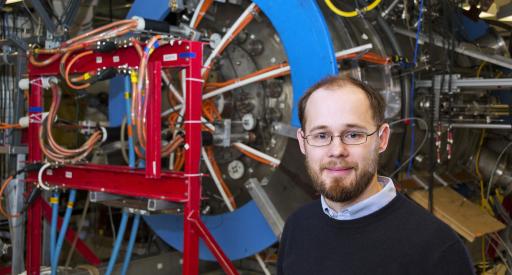Category Archives: physics
Mathematicians Tame Rogue Waves, Lighting Up Future of LEDs | Quanta Magazine
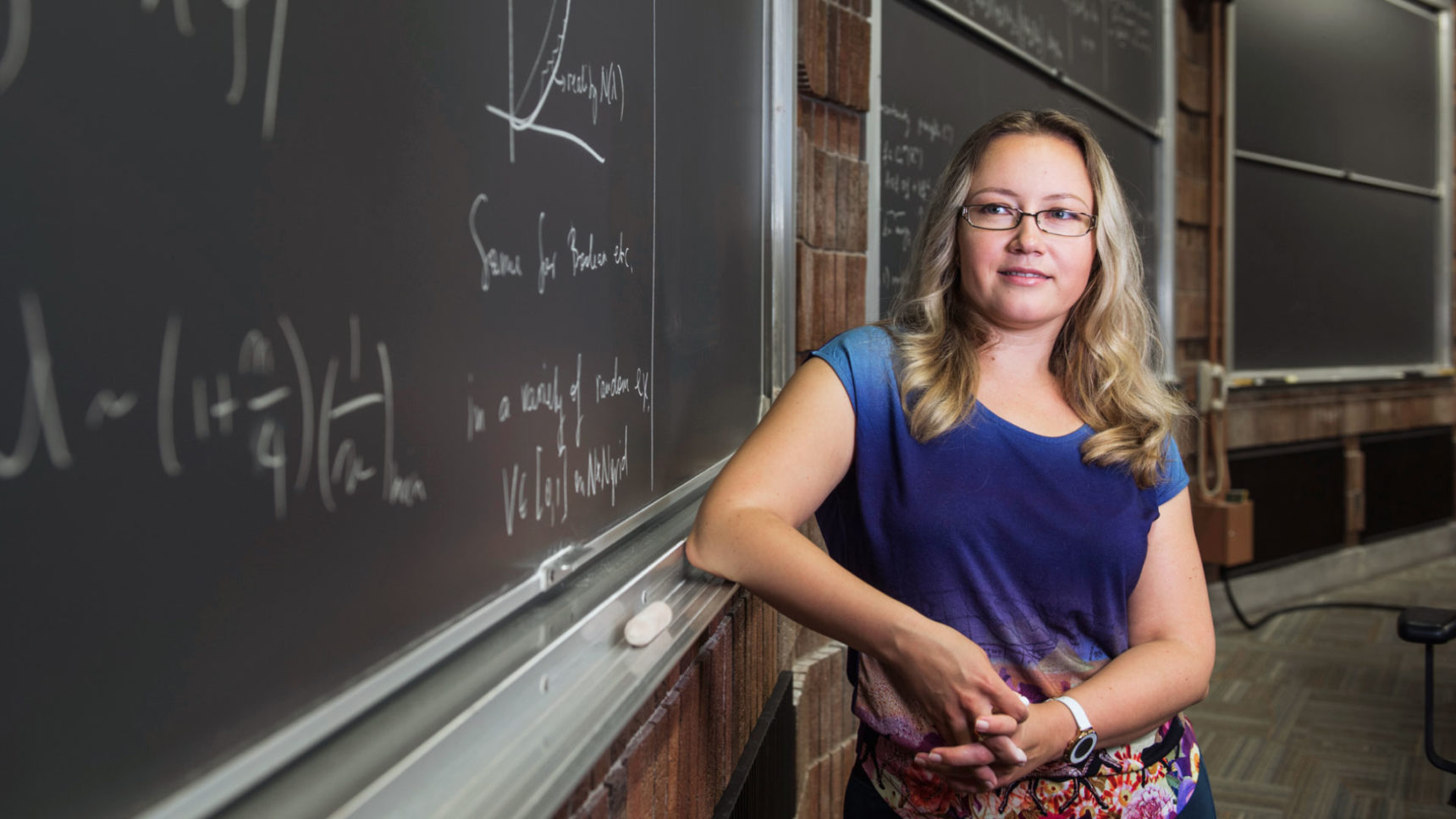 The mathematician Svitlana Mayboroda and collaborators have figured out how to predict the behavior of electrons — a mathematical discovery that could have immediate practical effects.
The mathematician Svitlana Mayboroda and collaborators have figured out how to predict the behavior of electrons — a mathematical discovery that could have immediate practical effects.
Source: Mathematicians Tame Rogue Waves, Lighting Up Future of LEDs | Quanta Magazine
Applying Machine Learning to the Universe’s Mysteries
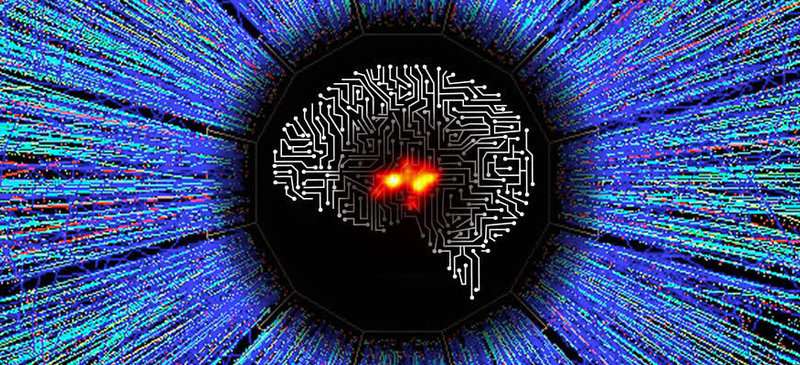 Computers can beat chess champions, simulate star explosions, and forecast global climate. We are even teaching them to be infallible problem-solvers and fast learners.
Computers can beat chess champions, simulate star explosions, and forecast global climate. We are even teaching them to be infallible problem-solvers and fast learners.
Source: Applying machine learning to the universe’s mysteries
Dawn of Private Space Science Symposium 2017 | #DPSS17
 Bringing scientists, foundations, corporations, policy makers & private spacelines under one roof to chart the future of space science @ Columbia University
Bringing scientists, foundations, corporations, policy makers & private spacelines under one roof to chart the future of space science @ Columbia University
Source: Dawn of Private Space Science Symposium 2017 | #DPSS17
PPPL and Max Planck physicists reveal experimental verification of a key source of fast reconnection of magnetic fields
Magnetic reconnection, a universal process that triggers solar flares and northern lights and can disrupt cell phone service and fusion experiments, occurs much faster than theory says that it should. Now researchers at the U.S. Department of Energy’s (DOE) Princeton Plasma Physics Laboratory (PPPL) and Germany’s Max Planck Institute of Plasma Physics have discovered a source of the speed-up in a common form of reconnection. Their findings could lead to more accurate predictions of damaging space weather and improved fusion experiments.
Click here or on the picture for the full story: PPPL and Max Planck physicists reveal experimental verification of a key source of fast reconnection of magnetic fields
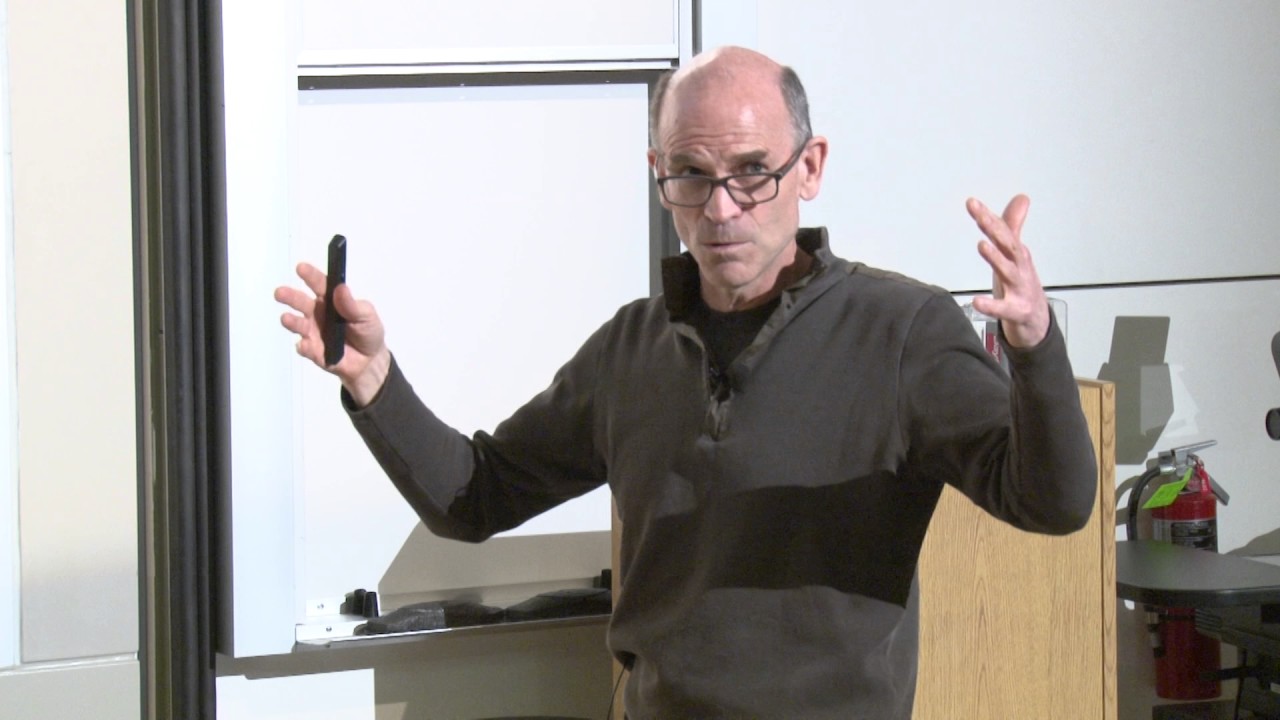
Lecture: John Carlstrom – What Do We Know About The Big Bang?
John Carlstrom gives the plenary lecture at the New Horizons in Inflationary Cosmology Templeton Conference organized by the Stanford Institute for Theoretical Physics.
Our understanding of the origin, evolution and make-up of the Universe has undergone dramatic and surprising advances over the last decades. Much of the progress has been driven by measurements of the fossil light from the big bang, called the cosmic microwave background radiation, which provides us with a glimpse of the Universe as it was 14 billion years ago. This talk will discuss what we know about the Big Bang and how we learned it. We will also talk about the new questions we are asking about the origin of the Universe and the experiments being pursued to answer them, peering back to the beginning of time.
Click here for the: Stanford Institute for Theoretical Physics

Quantum Questions Inspire New Math
 In order to fully understand the quantum world, we may have to develop a new realm of mathematics.
In order to fully understand the quantum world, we may have to develop a new realm of mathematics.
Mathematics might be more of an environmental science than we realize. Even though it is a search for eternal truths, many mathematical concepts trace their origins to everyday experience. Astrology and architecture inspired Egyptians and Babylonians to develop geometry. The study of mechanics during the scientific revolution of the 17th century brought us calculus.
Remarkably, ideas from quantum theory turn out to carry tremendous mathematical power as well, even though we have little daily experience dealing with elementary particles. The bizarre world of quantum theory — where things can seem to be in two places at the same time and are subject to the laws of probability — not only represents a more fundamental description of nature than what preceded it, it also provides a rich context for modern mathematics. Could the logical structure of quantum theory, once fully understood and absorbed, inspire a new realm of mathematics that might be called “quantum mathematics”?
Click here for the full article: Quantum Questions Inspire New Math
Why Doesn’t Antimatter Anti-Gravitate?

If there were some type of matter that had negative gravitational charge, it would be repelled by the matter and energy that we are aware of.
Every massive particle exerts a gravitational force. So what do antimatter particles do?
Why aren’t there any particles that fall upwards in the gravitational field of Earth? It would be so handy – If I had to move the couch, rather than waiting for the husband to flex his muscles, I’d tie an anti-gravitating weight to it and the couch would just float to the other side of the room.
Click here or on the picture for the full story: Why Doesn’t Antimatter Anti-Gravitate?
Series of New Posts: Lectures, talks, podcasts, etc…
I will be starting a regular series of posts of lectures, talks, podcasts, etc. If you have requests for topics, please feel free to comment on this post or send me a message via the contact links. The first of these posts is below:
On Oct. 7, 2015, Perimeter Institute Director Neil Turok opened the 2015/16 season of the PI Public Lecture Series with a talk about the remarkably simplicity that underlies nature. Turok discussed how this simplicity at the largest and tiniest scales of the universe is pointing toward new avenues of physics research and could lead to revolutionary advances in technology.
www.perimeterinstitute.ca
www.twitter.com/perimeter
www.facebook.com/pioutreach
Transparent silver: Tarnish-proof films for flexible displays, touch screens
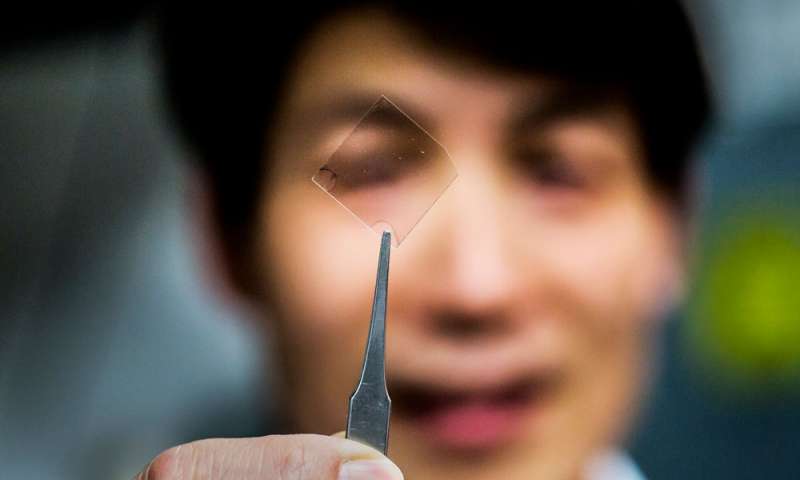
University of Michigan researchers have created a transparent silver film that could be used in touchscreens, flexible displays and other advanced applications. L. Jay Guo, professor of electrical engineering and computer science, holds up a piece of the material. Credit: Joseph Xu/Michigan Engineering.
The thinnest, smoothest layer of silver that can survive air exposure has been laid down at the University of Michigan, and it could change the way touchscreens and flat or flexible displays are made.
Source: Transparent silver: Tarnish-proof films for flexible displays, touch screens
LHCb observes an exceptionally large group of particles
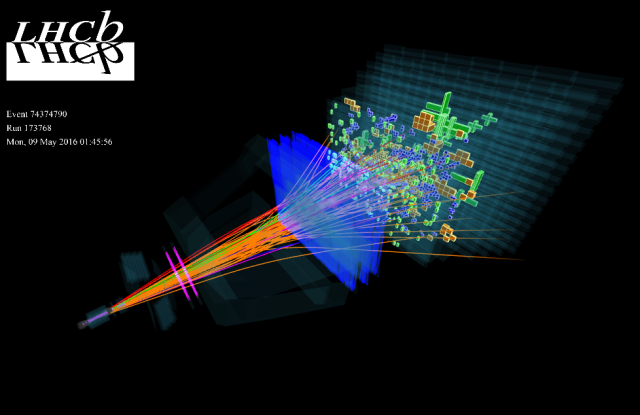
A typical LHCb event fully reconstructed. Particles identified as pions, kaon, etc. are shown in different colours. (Image: LHCb collaboration)
The LHCb experiment at CERN is a hotbed of new and outstanding physics results. In just the last few months, the collaboration has announced the measurement of a very rare particle decay and evidence of a new manifestation of matter-antimatter asymmetry, to name just two examples.
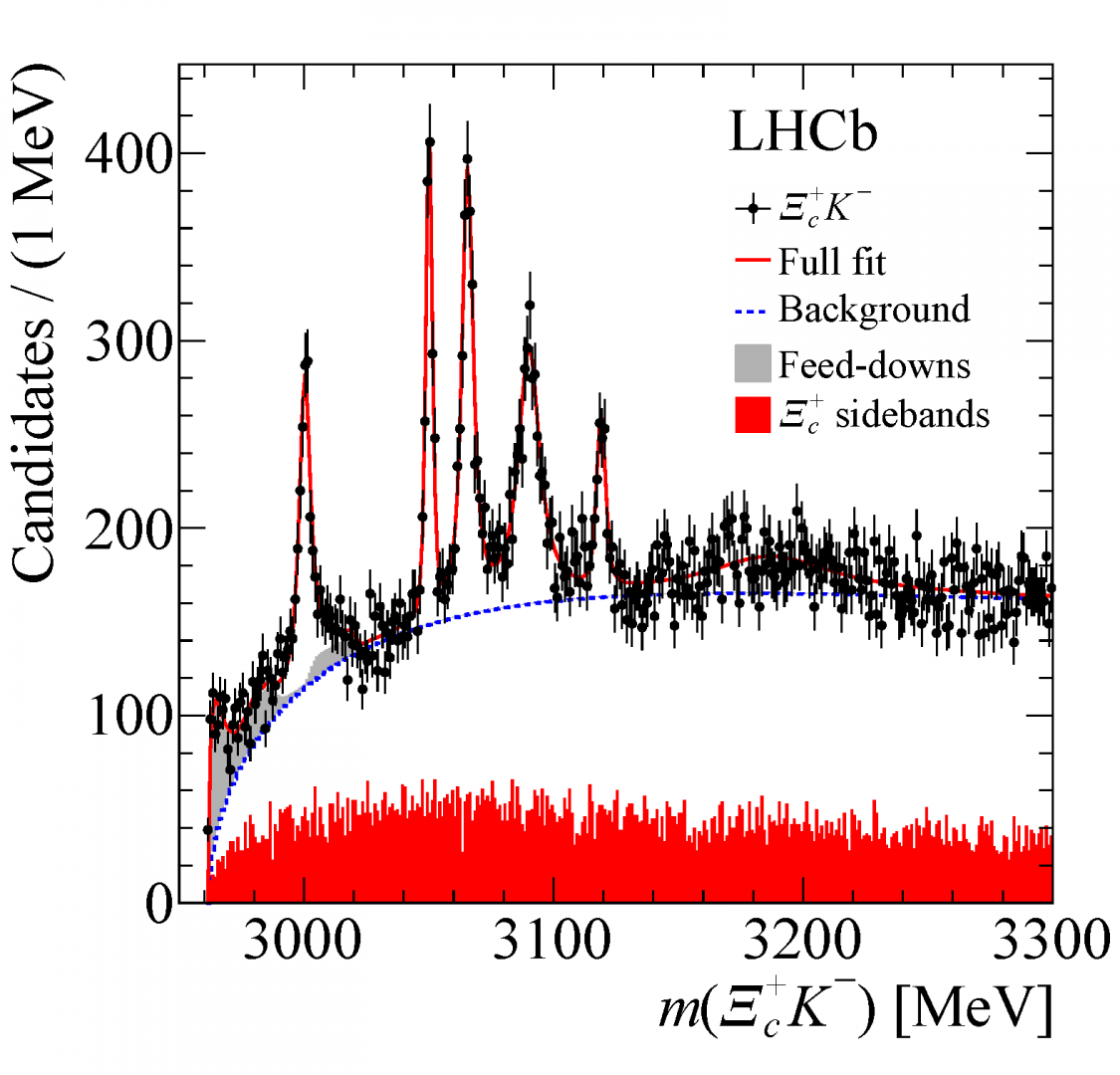
The image above shows the data (black dots) of the reconstructed mass distribution resulting from the combination of the Ξc+ and K- particles. The five particle states are the five narrow peaks standing out from the distribution of data. (Image: LHCb collaboration)
